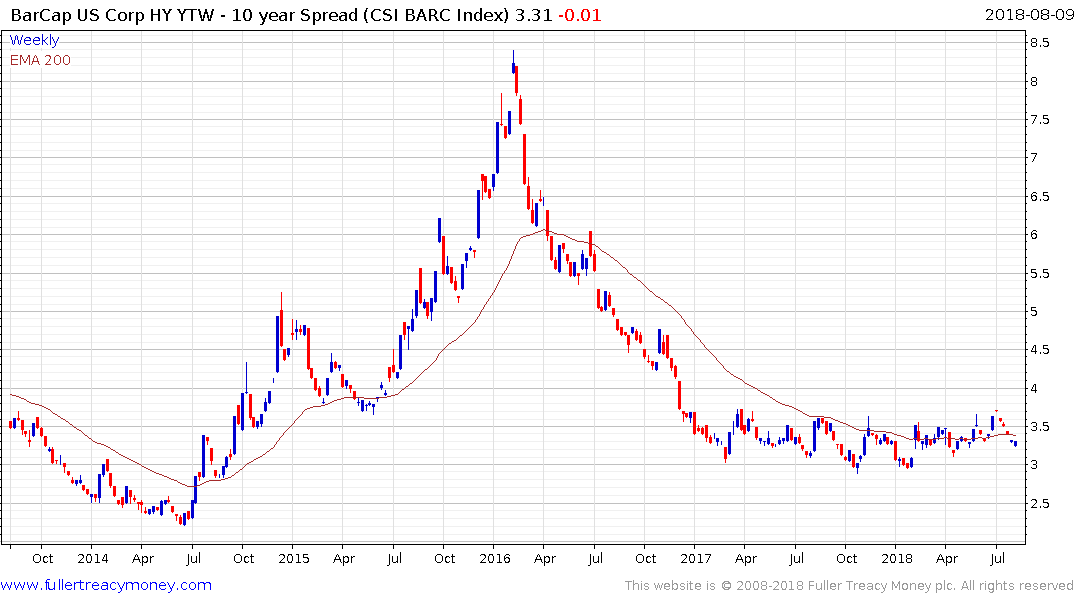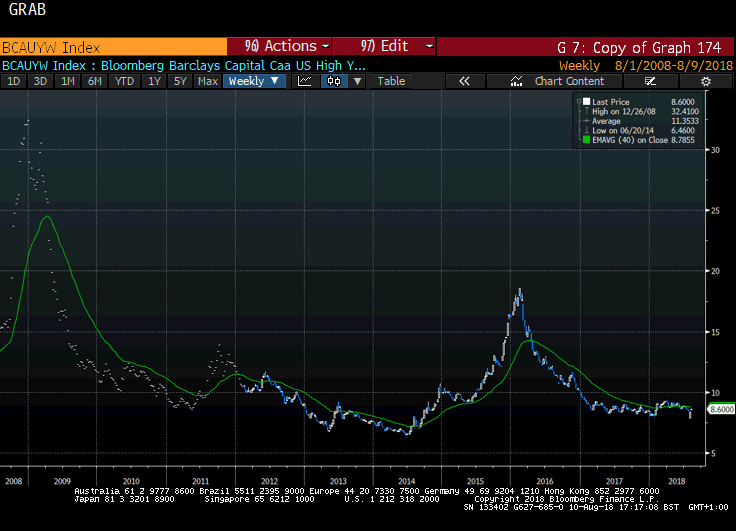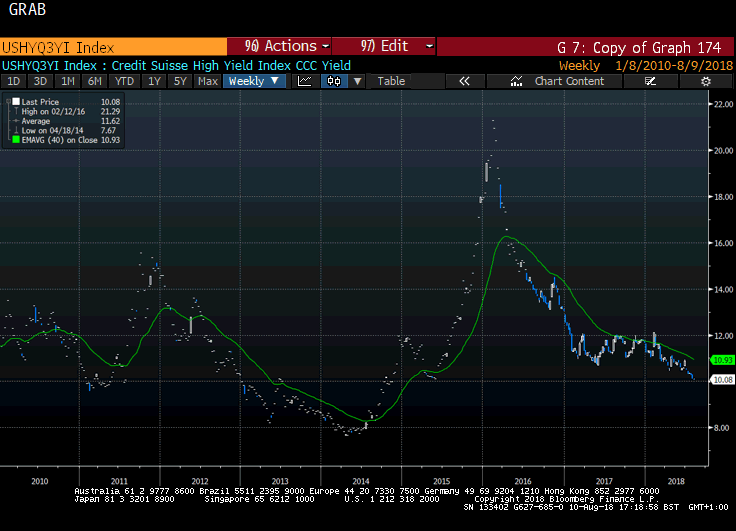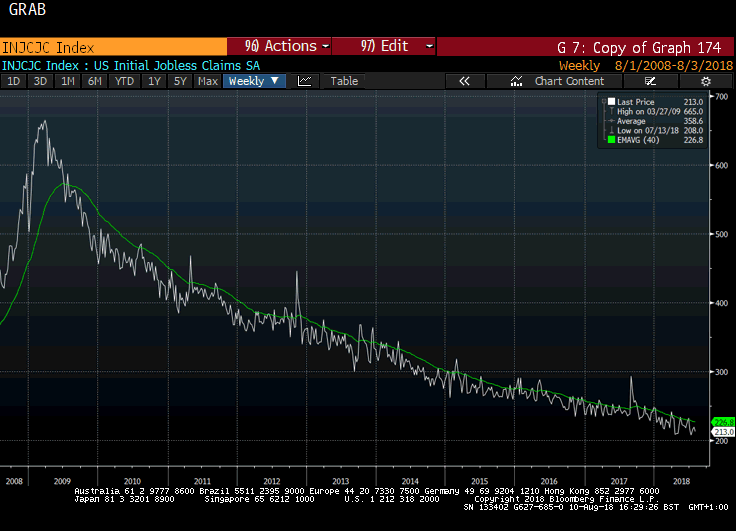Credit Market "Eyeball Valuations" Raise Investors' Eyebrows
This article by Lisa Lee and Claire Boston for Bloomberg may be of interest to subscribers. Here is a section:
There are key differences between the dot-com era and now. Anastasia, for example, generates profits, and investors’ fear is more that its sky-high profit margins will start to narrow as it tries to grow. And companies like Netflix Inc. can probably generate positive cash flow from their operations by investing less in expansion. A representative for Netflix didn’t return an email seeking comment.
“You can get comfortable with cash burn if it’s contributing to increases in earnings or building an asset base that that significantly covers the company’s debt," said John Yovanovic, global head of high-yield at Pinebridge Investments, which manages $87 billion.
Historically, companies struggled to borrow in the bond or institutional loan markets if their Ebitda wasn’t positive. That’s changing, as leveraged finance investors become open to less mature companies. Tesla, for example, sold $1.8 billion of junk bonds last year even though its Ebitda had been positive for only four of the last 11 quarters, according to data compiled by Bloomberg. The company has since posted another four quarters of losses by that measure, and Chief Executive Elon Musk is talking about taking the company private.
US Dollar high yield spreads briefly popped on the upside in July before falling back into the range. As long as the spread is trading below 360 basis points then it would be hard to argue there is stress in the high yield segment. That’s an important consideration when we speculate about the start of the next recession.

In fact, the Bloomberg Caa rated bond yield chart continues to trend lower and the Credit Suisse High Yield CCC Index has been trending lower for most of this year. That is representative of ample demand for low quality paper.


Meanwhile cov-lite issuance has been surging and particularly in Europe. We know what happened last time this occurred, so the credit markets are very important to monitor because when the cracks eventually appear it will be a clear indication that credit conditions are tightening which often precedes a recession.

Something I’ve been considering for the last couple of days is that Uber might provide a great service but it doesn’t make any money. With New York moving to limit further growth and the potential for the company’s autonomous vehicles on the long finger, maybe it is time to consider the company might not survive the next recession. That’s an important consideration because it employs 750,000 drivers in the USA alone and 2 million worldwide. US Jobless claims topped out 650,000 during the last recession.


